No files in this category yet.
Files From Subcategories
-
0 comments
Submitted
-
Games for Windows Issue 04 (March 2007)
By kitsunebi
So many spreads. And foldouts. Whoever invented foldout pages needs a slap.
This file has been edited and formatted to be viewed as a CBR using a dedicated CBR reader. If you're using a PDF reader, such as Sumatra, it may not display correctly.
136 downloads
0 comments
Submitted
-
0 comments
Submitted
-
Family Computer Magazine Issue 010 (April 18, 1986)
By kitsunebi
This issue is a perfect example of why I think CBR is a better format than PDF for magazine scans (there's not even an argument of which is better for comics - CBR readers were created in the first place because PDF is such a godawful format for comics.) When we have facing pages forming images/text that can't be properly read unless both pages are viewed at the same time, such as the maps for The Legend of Zelda found in this issue, it makes sense that those pages be left as a single jpg. Whether the CBR reader is set to view single pages or two pages at a time, when it gets to a two-page join that has been saved as a single image, it will display ONLY that two page join. PDF viewers aren't able to make the distinction between pages of different sizes, and leaving the pages joined would cause the PDF reader to display the joined pages as one page with the following page set as the facing page, thus displaying 3 pages side by side and throwing off the facing pages for the rest of the mag thereafter. If two 2-page joins immediately followed one another, a CBR reader would display them one at a time, while a PDF reader would put them side by side, trying to squeeze 4 pages on screen at once.
Stupid PDF reader displaying 4 pages in "two-page mode":
Also, pages like the Goonies maps, which were printed sideways in the mag, can be rotated into landscape orientation and the CBR reader knows to treat them the same as a two-page join - displaying them one at a time regardless of whether you're reading in one or two-page mode. PDF readers would take two of those rotated images and display them side by side if you were viewing in two-page mode.
Another plus of a CBR reader is that pages of different sizes don't cause problems. You can set the CBR reader to display all pages at any pixel height you like, it will shrink or enlarge the images to match your desired size, giving images of different sizes a uniform appearance. PDF readers don't do this, so if you had an image followed by another image twice the height of the first, they would be displayed side by side at two completely different sizes (this is the root of the rule that mag pages be saved at a uniform height, even though it isn't actually necessary for CBR readers.)
Whenever I upload a mag to the Internet Archive, I include a note reminding people that the mag was edited and intended to be read as a CBR. The preview reader they have is based on the compressed PDF they auto-generate, and it quite often displays things incorrectly (just as any PDF reader would.)
But hey, maybe you prefer PDFs. In which case... YOU'RE OVERRULED! This ain't the place to complain, get out of here, ya lousy bum!! 😜
P.S. As usual kids, you've got to set your CBR reader to Japanese/manga mode if you don't want all the facing pages to be in the wrong order.
162 downloads
Updated
-
0 comments
Submitted
-
Computer Game Review Issue 018 (January 1993)
By MigJmz
Computer Game Review Issue 018 (January 1993)
*missing ad page*
225 downloads
0 comments
Updated
-
Family Computer Magazine Issue 009 (April 1986)
By kitsunebi
This is the last monthly issue of Famimaga before switching to a semi-monthly (every two weeks) publishing schedule. Actually, the last monthly issue was probably the previous issue, since although this issue is simply "April 1986," the next issue will be the "April 18th 1986" issue. So you can tell things are really heating up on the Nintendo Famicom front in Japan. This same month, both Marukatsu Famicom and Famicom Hisshoubon would also launch, and a couple of months later, Famitsu's first issue will arrive late to the party as well.
In addition to a complete strategy guide to Super Mario Bros., this issue also takes a look at the recently released The Legend of Zelda, as well as the Famicom port of Portopia, an important and extremely successful early Japanese menu-based graphic adventure game designed by Yuji Horii, someone who would soon blow up the Japanese gaming world with a little game appearing in a tiny preview at the back of this issue: Dragon Quest.
122 downloads
0 comments
Submitted
-
0 comments
Submitted
-
Dengeki PlayStation 103 (April 9, 1999)
By kitsunebi
Japan doesn't bother releasing most Western games. But when they do, it's interesting to see how they market them. Case in point, Spyro the Dragon. I like Spyro. I find it a very relaxing game to play. Just run around looking for hidden gems or whatever (forgive me, it's been 20 years since I played it) without too much danger or difficulty. Which is appropriate, as it's essentially a kids' game. So how does Japan market it? As seen in this issue's ad, Spyro zooms by, blowing up Japanese school girls' skirts. Because someone looked at the game and thought "what this childrens' game's ad campaign needs is a little bit of sex." Of course, the Japanese release of Spyro was a mess since they mucked with the camera while trying to cater to the common (at that time) Japanese complaint that 3D cameras made people get motion sickness (I call bullshit, but whatever. Japan eventually realized that 3D was here to stay, so this isn't a complaint heard anymore.) So, the Japanese version probably deserved to fail as it did. But you can also take a gander at the Japanese logo for Spyro if you want to see where the American developers got the idea to name Spyro 2's villain, since the stylized katakana for Spyro looks a lot like alphabet characters spelling "Ripto."
163 downloads
Submitted
-
Dengeki G's Magazine Issue 028 (November 1999) (supplement included)
By kitsunebi
The supplement is included at the end of the file. Seems pointless to release it separately, so I won't.😛
103 downloads
Submitted
-
Computer Games Strategy Plus Issue 088 (March 1998)
By MigJmz
Computer Games Strategy Plus Issue 88 (March 1998)
213 downloads
0 comments
Updated
-
Play Online No.024 (June 2000)
By kitsunebi
First news about the Xbox reveal (still over a year away from launching.) I imagine the editors of this magazine were some of the only people in Japan looking forward to it. They might have been the only people in Japan to BUY it as well. OK, that's an exaggeration. Play Online only has 4 editors, and I believe there were around 7 or 8 Xboxes sold in Japan.
84 downloads
Submitted
-
VideoGames & Computer Entertainment Issue 46 (November 1992)
By E-Day
VideoGames & Computer Entertainment Issue 46 (November 1992)
248 downloads
0 comments
Submitted
-
Famitsu Issue 1343 (September 11, 2014)
By kitsunebi
Just another 276 pages of weekly content making Western mags look lazy.
124 downloads
0 comments
Submitted
-
VideoGames & Computer Entertainment Issue 45 (October 1992)
By MigJmz
VideoGames & Computer Entertainment Issue 45 (October 1992)
231 downloads
0 comments
Updated
-
Family Computer Magazine Issue 008 (March 1986)
By kitsunebi
The main stories this issue would probably be both the release of The Legend of Zelda and the Famicom Disk System, both of which were released on February 21, 1986 (don't forget - Zelda was an FDS game in Japan - it wouldn't be released on cartridge there until 1994.)
All these background images and maps stretching across facing pages make editing these a real chore. 😮💨
Remember, if you're seeing this:
that means you're doing it wrong, dummy.😝
Don't be a dummy. Set your CBR reader to Japanese/manga mode:
104 downloads
0 comments
Submitted
-
Super NES Buyer's Guide Volume 4 Number 6 (November-December 1994)
By E-Day
Super NES Buyer's Guide Volume 4 Number 6 (November-December 1994)
227 downloads
Submitted
-
Family Computer Magazine Issue 007 (February 1986)
By kitsunebi
Anyone interested in gaming history should take note: this issue not only features a first look at some game about a guy named Zelda (that's his name, right?), but it also features a very early discussion/interview between Masanobu Endo, the designer of Xevious and The Tower of Druaga, and some kid named Shigeru Miyamoto, who designed a couple of games I can't recall off the top of my head, but I hear he's done all right for himself.
*This issue is missing an 8-page pullout of maps for the game Challenger (pages 123-130). You can still see where they were pulled from the mag, along with the note instructing readers to peel the pages off (they weren't stapled in, but rather affixed with a strip of glue.)
**Also, as always, Family Computer Magazine is printed Japanese-style and read from right to left. Your CBR reader must be set to Japanese/manga mode for facing pages to be oriented correctly. Man, I'm getting tired of writing instructions on how to read Japanese magazines. You all are smart enough to figure it out on your own, right? If the text is printed horizontally, you read L-R just like alphabetic languages. If the text is printed vertically you read from R-L. Got it? This is the last time I'm going to mention it! 🫡
101 downloads
Updated
-
Submitted
-
Comptiq No.247 (October 2002)
By kitsunebi
The CD-ROM included with this issue can be downloaded HERE.
78 downloads
0 comments
Submitted
-
VideoGames & Computer Entertainment Issue 42 (July 1992)
By E-Day
VideoGames & Computer Entertainment Issue 42 (July 1992)
235 downloads
0 comments
Submitted
-
Family Computer Magazine Issue 006 (January 1986)
By kitsunebi
I started out thinking I'd just do the ads for the gallery and then ended up editing the whole thing. This is probably the earliest Nintendo mag that's been scanned yet, but it's mostly interesting to me seeing how Famimaga itself evolved over time. This issue has large b&w sections, quite a bit of which is manga, while by a couple of years later, Famimaga will become 100% full color and drop most of the manga, setting it apart from Famitsu, which at this point was still half a year away from launching.
Another interesting thing is noticing that some of the manga is based on Famicom games published by Takuma Shoten - which is also the publisher of Famimaga. Famitsu had the same deal - it was published by ASCII, who also published tons of Famicom games.
How this worked and they were able to maintain any sense of credibility with Japanese consumers I have no idea. Imagine if EGM was published by Electronic Arts and GamePro was published by Activision - who could trust them to treat the games they covered fairly? Or if Nintendo Power was published by Nintendo? Oh wait, it was. But that proves the point - no one read Nintendo Power expecting honest reviews and uncompromising criticism, they just expected lots of colorful pictures and maps, and that's what they got.
In that sense, I guess Famimaga could be seen a bit as the Nintendo Power of Japan, since, like Nintendo Power, it was published by a game publisher, was probably the most colorful gaming mag on the stands at the time, and took the high road by abstaining from reviews for the most part. It also seems to be the most beloved nostalgic mag for Japanese gamers of a certain age despite its lack of any strong critical/editorial stance. Add a Japanese Howard Phillips to the mix and they'd be twins.
***Oh yeah, forgot to mention - as usual, Family Computer Magazine is printed Japanese-style and is read from right-to-left. Your CBR reader must be set to Japanese/manga mode throughout the entire issue if you want facing pages to be oriented correctly.
Also, the color manga sections were actually a pullout with narrow landscape-aspect pages. I recommend setting your reader to "fit height" during that portion of the mag, which will basically fill your screen with the entire page and make it easy to read.
117 downloads
Updated
-
Updated
-
Submitted
-
VideoGames & Computer Entertainment Issue 39 (April 1992)
By E-Day
VideoGames & Computer Entertainment Issue 39 (April 1992)
231 downloads
Submitted
-
Latest Products
-
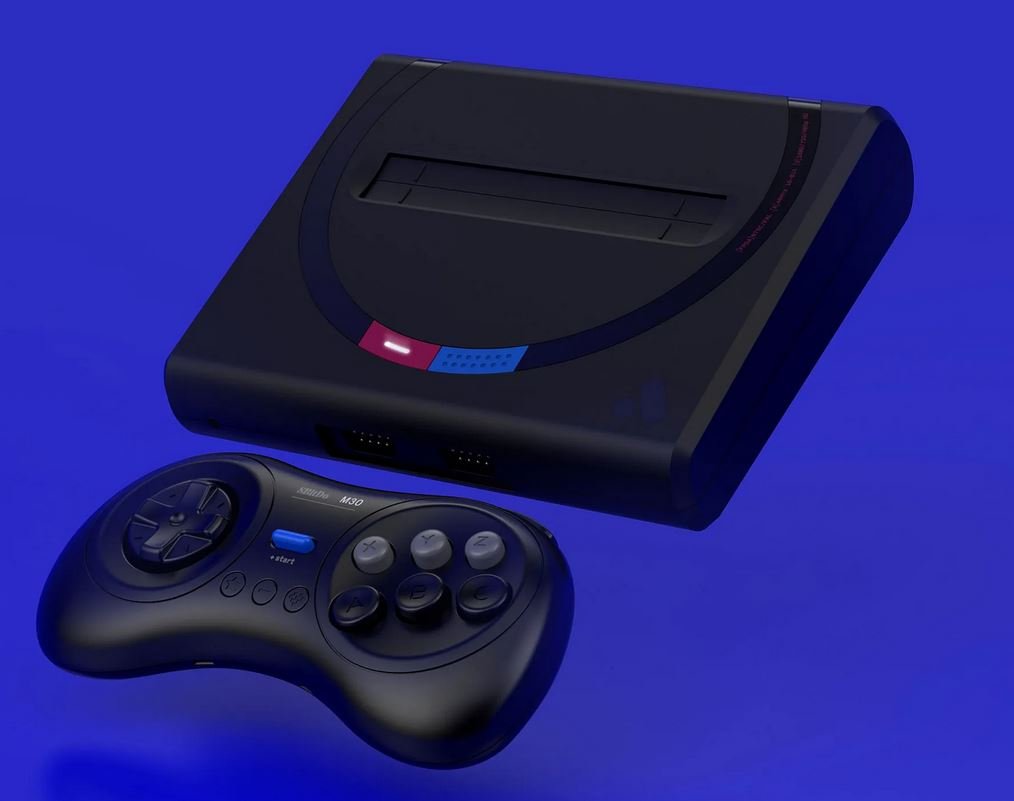
Retromags 2025 Fun-Raiser!
In Stock -
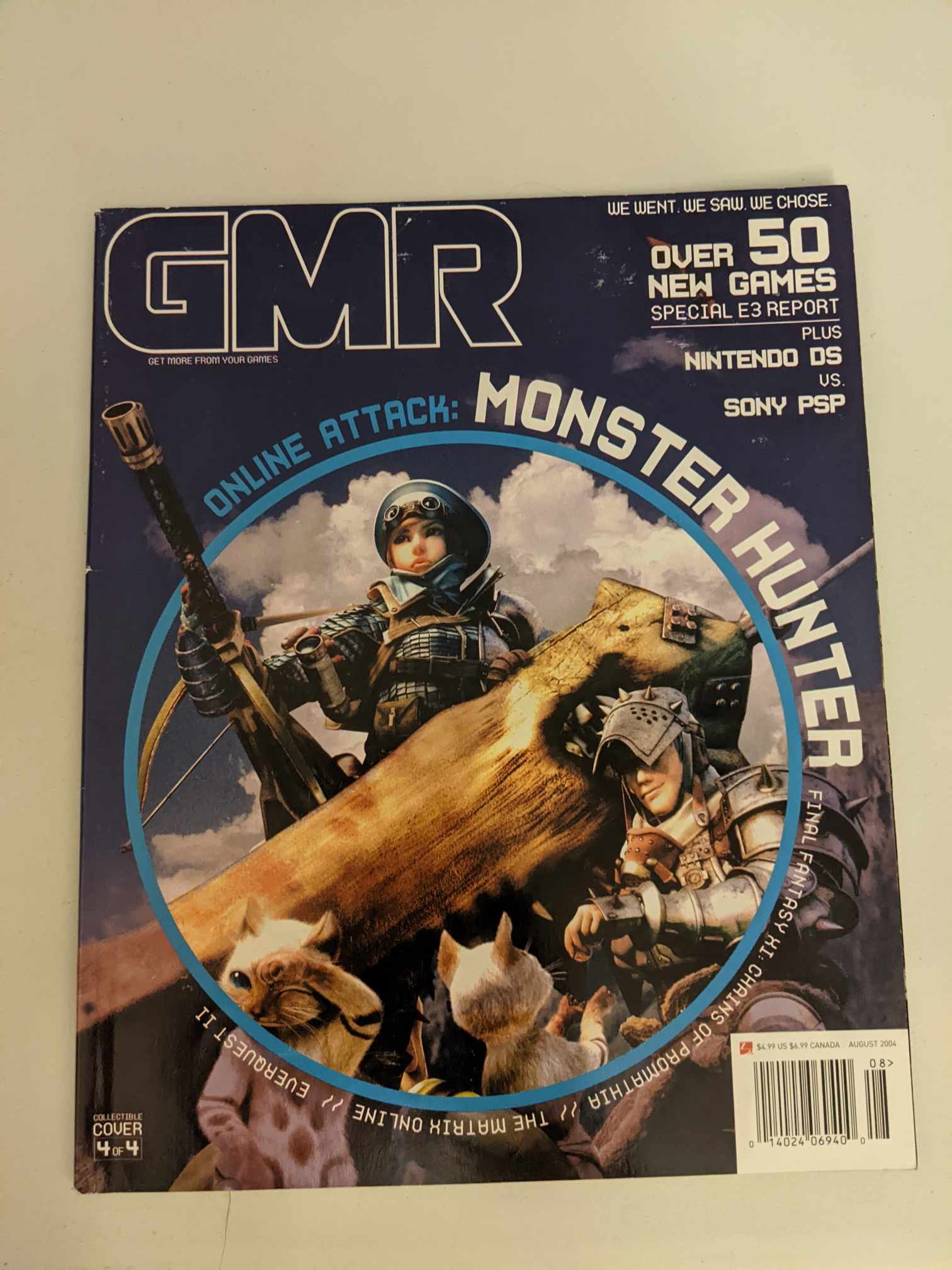
GMR Issue 19 (August 2004)
In Stock -
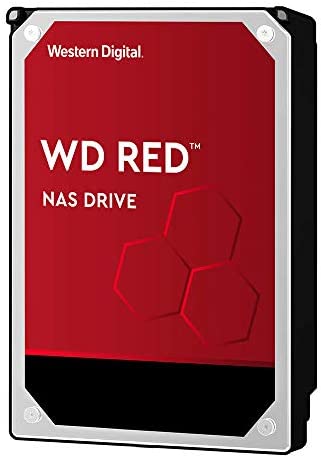
Retromags Blindbox Fundraiser!
Out of Stock -
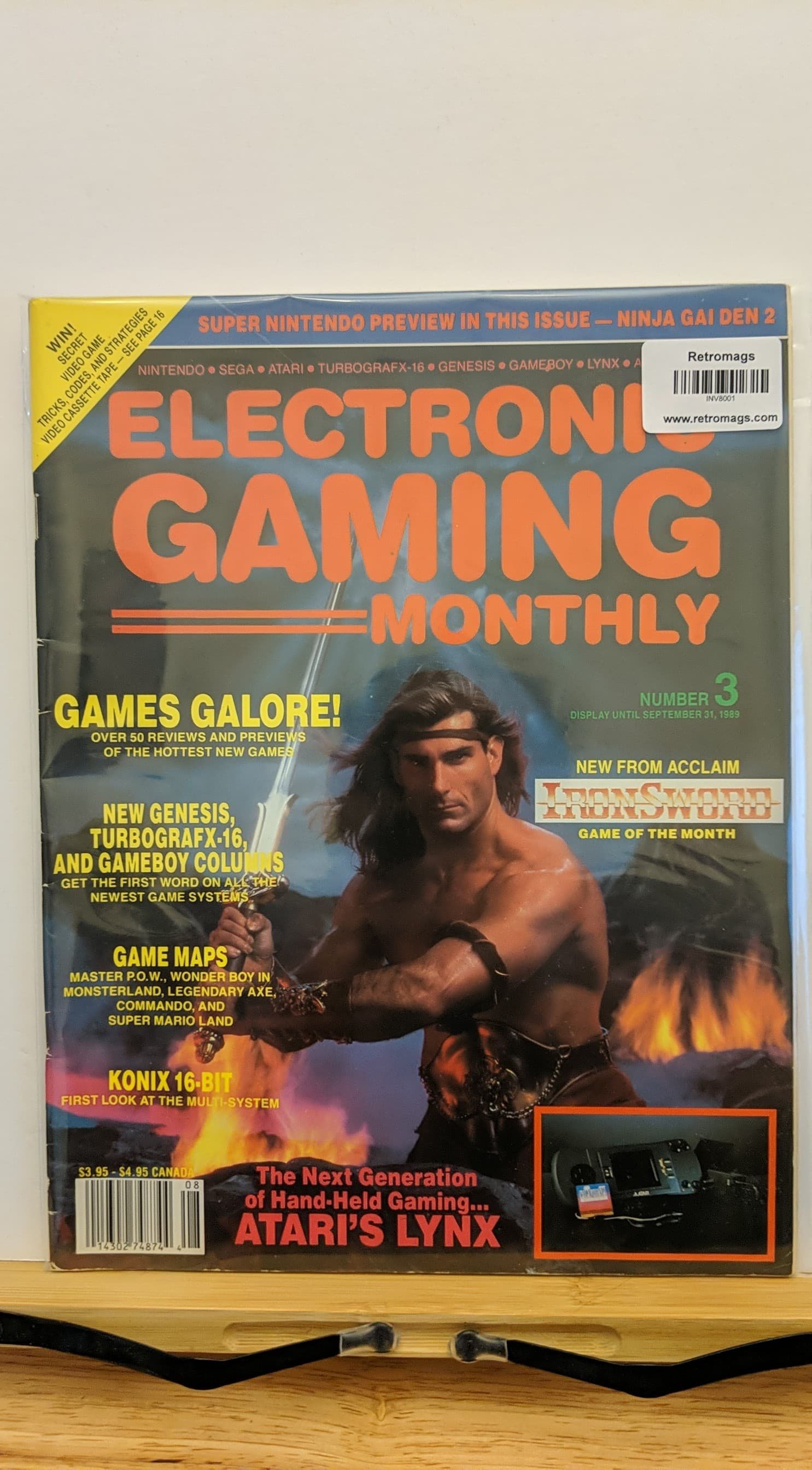
-
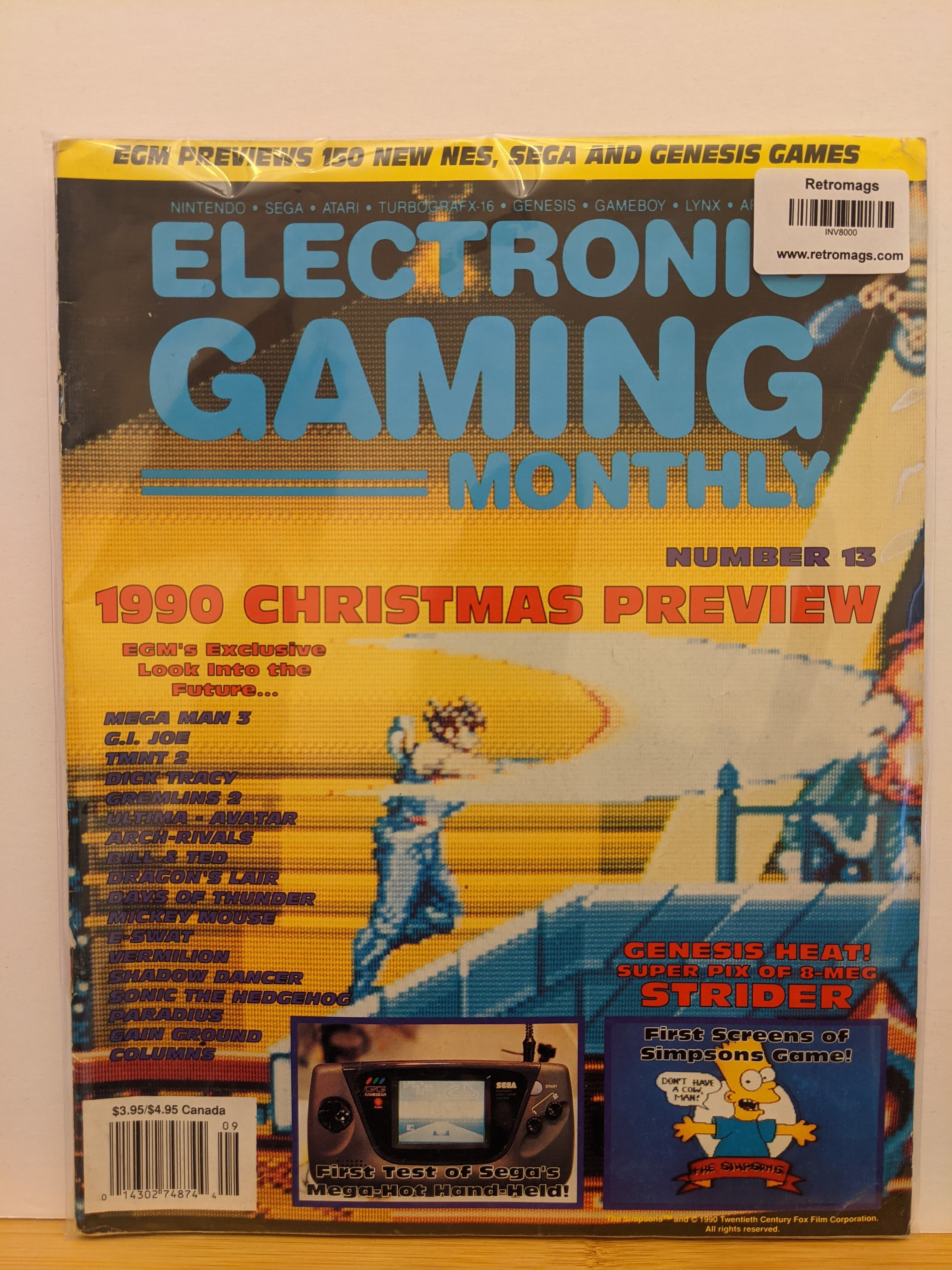
Electronic Gaming Monthly Issue 13 (Christmas 1990)
Out of Stock
-
-
Download Statistics
5,211
Files3,372
Comments587
Reviews


.thumb.jpg.ea5d17e029a95c3202c3ba9262266334.jpg)
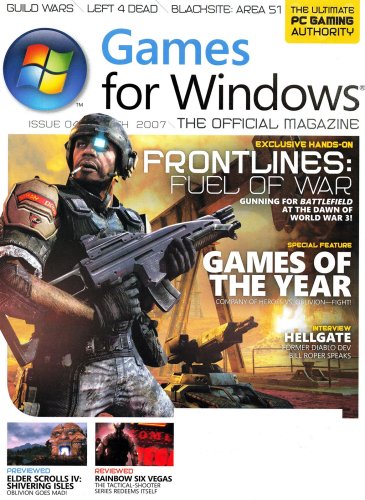
.thumb.jpg.82ab599ad3d56978f08275d6ac234381.jpg)
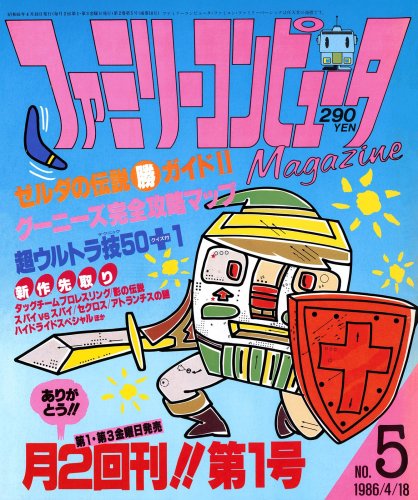
.thumb.jpg.6ef6fb35b459dbb9b9bcc1a67f31904d.jpg)
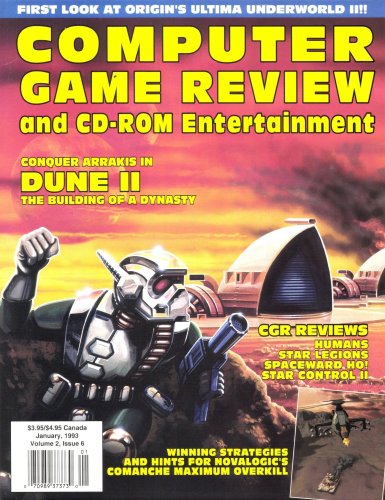

.thumb.jpg.ccb7c7c8260ad9819beaeff39a4ef69c.jpg)
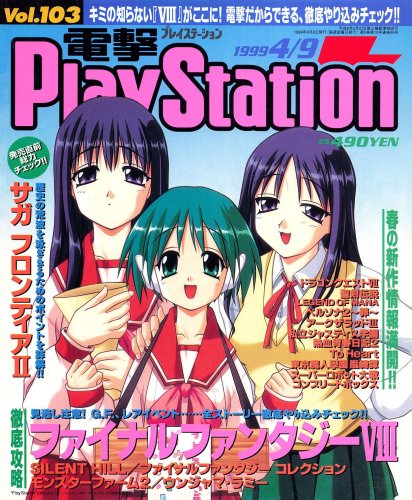
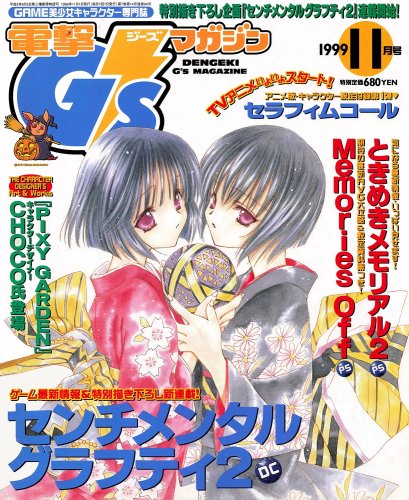
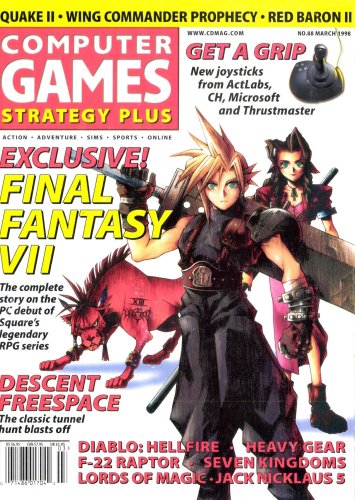
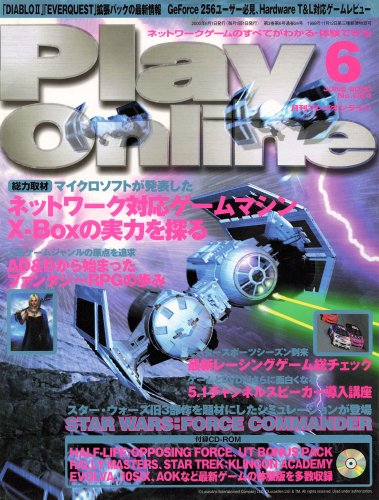
.thumb.jpg.30dab517a4719c9e2129132fdbb961db.jpg)
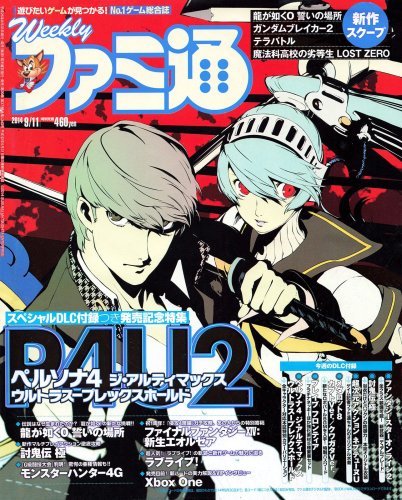
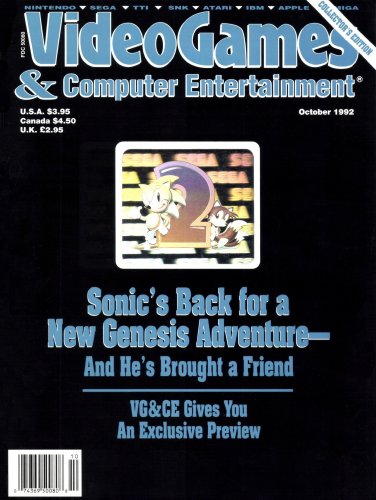
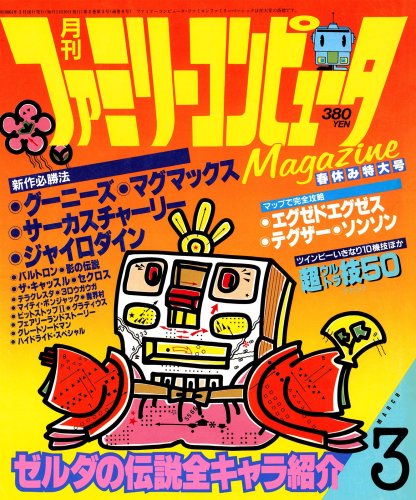
.thumb.jpg.8f7705d37d2d7a2cb6a898a76a5853b3.jpg)
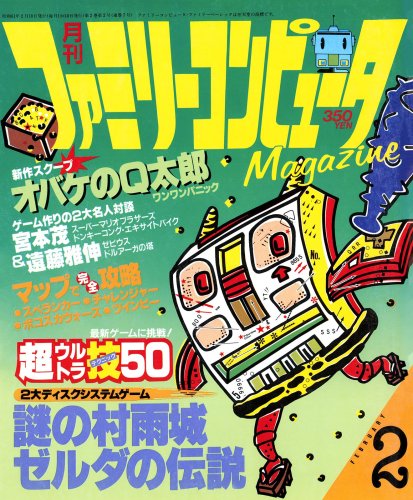
.thumb.jpg.06b98c826edd45fafd33ac2bab276dcf.jpg)
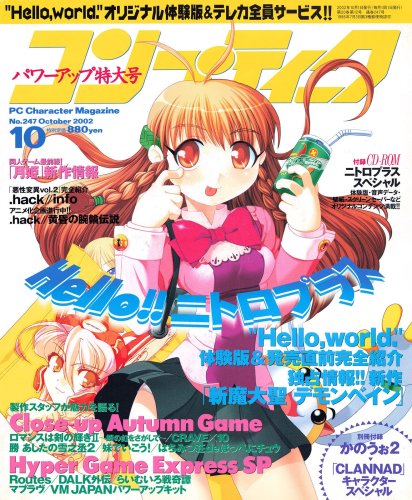
.thumb.jpg.1137788b672d276046bf73e7acf0b059.jpg)
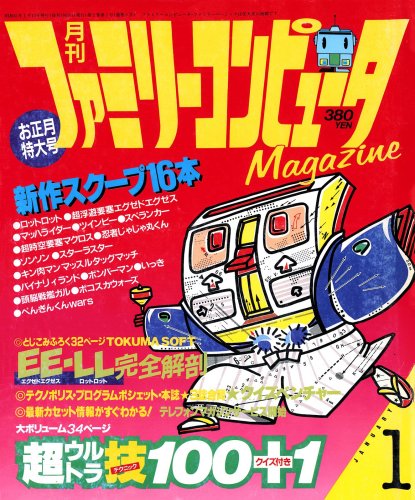
page.thumb.jpg.fa0988d25a34a257f951f8e785ffe01e.jpg)
.thumb.jpg.925ab2a697fc33e670e832a8b9d25779.jpg)
.thumb.jpg.0d8fb69548a76b6abafdd4b195445b21.jpg)


![More information about "Jak II - Official Strategy Guide (2003) [PS2]"](https://www.retromags.com/rmg_fs/downloads_screenshots/monthly_2025_01/JakII-OfficialStrategyGuide(2003)PS2.thumb.jpg.22476a3db0ee5fc78f19c9ddd1f6c148.jpg)
![More information about "Bully - BradyGames Signature Series Guide (2006) [PS2]"](https://www.retromags.com/rmg_fs/downloads_screenshots/monthly_2025_01/Bully-BradyGamesSignatureSeriesGuide(2006)PS2.thumb.jpg.b5da1c91429159d53715e121bc215804.jpg)


page000.thumb.jpg.9b19031a6545d704adc92f86feb632b0.jpg)
.thumb.jpg.ec986967ccb9e99393a95b6c0f108cf3.jpg)
page000.thumb.jpg.5ee9656209df53155621aec619fa1878.jpg)
![More information about "South Park - The Stick of Truth - Prima Official Game Guide (2014) [PC, PS3, X360]"](https://www.retromags.com/rmg_fs/downloads_screenshots/monthly_2025_01/SouthPark-TheStickofTruth-PrimaOfficialGameGuide(2014)PCPS3X360.thumb.jpg.a42457851e19e8dc208e3bcfbfe935dc.jpg)

480.thumb.jpg.98cf35ef834326ee6b421e39243be0c9.jpg)
![More information about "Golden Sun - The Lost Age - Nintendo Player's Guide (2003) [GBA]"](https://www.retromags.com/rmg_fs/downloads_screenshots/monthly_2025_01/GoldenSun-TheLostAge-NintendoPlayersGuide(2003)GBA.thumb.jpg.149066d3a671269f7456a34869be800a.jpg)

.thumb.jpg.997c089d9cfec5a1cc8575662914665f.jpg)